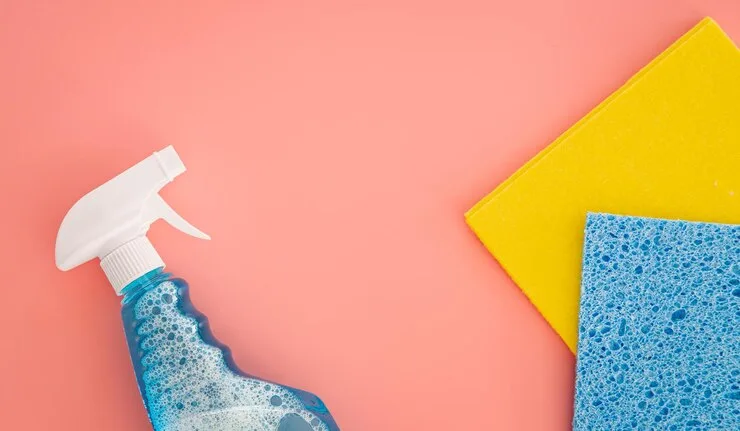Decoding the Secrets Behind Market-Leading Formulas
In today’s eco-conscious market, clean-label personal care and household products are dominating shelves. But behind their minimalist ingredient lists and eco-friendly branding lies a highly strategic formulation process. At BookChem, we support formulators not only with premium ingredients—but also with the insights to Reverse Engineering top-performing clean products.
If you’re aiming to compete in this fast-moving segment, understanding how to analyze and replicate competitor formulas ethically and effectively is essential.
Step-by-Step: How to Crack the Code of Clean Products
1. Examine the Ingredient Label (INCI Listing)
Start by studying the International Nomenclature of Cosmetic Ingredients (INCI) on the product label. Ingredients are listed in descending order by concentration (above 1%), and alphabetically for those below 1%.
Look out for:
- Core surfactants or emulsifiers
- Active ingredients (botanicals, vitamins, etc.)
- pH adjusters, chelators, preservatives
- Texture and sensory enhancers
Pro Tip: Group similar ingredients by function—this helps visualize the formula’s structure.

2. Identify Functional Clusters
Clean products often rely on multifunctional ingredients to maintain short labels. Use this opportunity to understand how:
- A single surfactant may act as both cleanser and foam booster
- Plant-based oils provide emolliency and fragrance
- Natural gums or modified starches deliver thickening and stabilization
Once grouped, estimate the percentage ranges based on your knowledge or available benchmark databases.
3. Conduct Physical Analysis
To refine your hypothesis, perform lab tests on the product:
- pH testing to determine buffer systems
- Viscosity measurements for thickener type
- Foam height and stability for surfactant performance
- Phase separation tests to detect emulsifiers and stability agents
Some companies may go further by using GC-MS or HPLC techniques to identify fragrance profiles or actives, but a solid sensory and functional test will already give you strong direction.
What to Watch Out For
- Preservation Systems: Clean products tend to avoid parabens and formaldehyde donors. Look for alternatives like potassium sorbate, sodium benzoate, gluconolactone, or ethylhexylglycerin.
- Green Claims: Validate whether “natural origin” claims are backed by RSPO-certification, ECOCERT-compliance, or biodegradability tests.
- Allergen-Free Standards: Look for fragrance-allergen disclosures or “fragrance-free” labeling tied to sensitive skin claims.
From Analysis to Innovation
Reverse engineering isn’t just about duplication—it’s about inspiration and differentiation. Use your learnings to:
- Replace synthetic ingredients with BookChem’s plant-derived alternatives
- Improve sensory properties using advanced thickening agents or pearlizers
- Reduce carbon footprint by choosing low-energy processing ingredients
BookChem offers a full portfolio of surfactants, solubilizers, opacifiers, conditioners, and aerogel materials—perfectly suited for the next generation of clean, safe, and high-performing formulations.
Let BookChem Support Your R&D Journey
Whether you’re developing a clean shampoo, sulfate-free facial wash, or eco-safe surface cleaner, BookChem’s R&D advisors can help you:
- Decode any formula you bring to the table
- Match or replace specific INCI names
- Enhance formulation efficiency with multifunctional ingredients
Contact BookChem for formulation support or reverse-engineering consultation.

